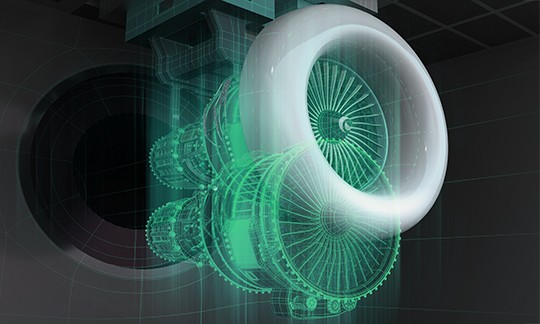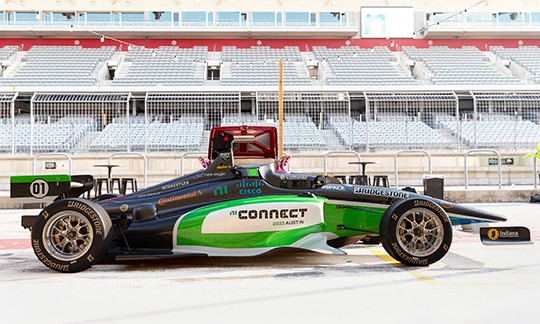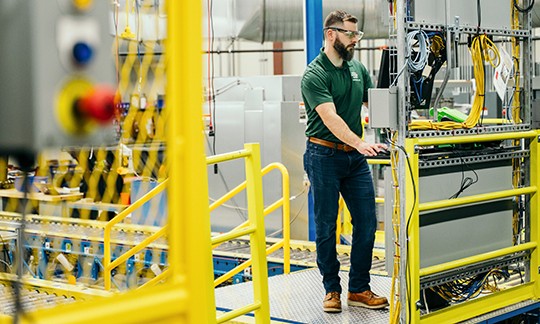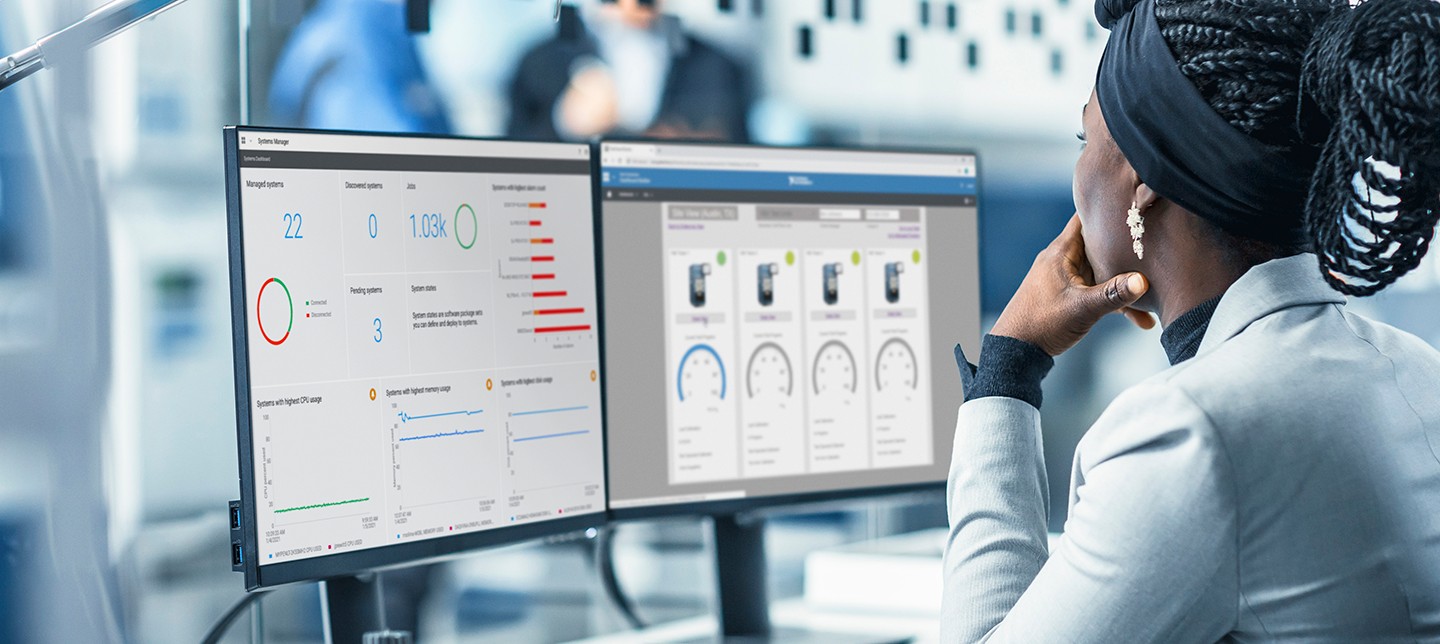
Why Hardware-in-the-Loop Is for Every Engineering Manager
BUSINESS INSIGHT
HIL TESTING | 5 MINUTE READ
Engineers in numerous industries are turning to hardware-in-the-loop (HIL) to test the growing amount of embedded software with the operation of existing hardware designs.
Today’s world is changing and getting more complicated as more and more equipment becomes connected, wireless, and increasingly automated. As a product engineer, how do you keep up with these advancements and ensure the products you make are safe to use and built to last? One often overlooked answer is to raise the priority placed on validation test of new concepts, using modern software-centric processes to dramatically increase test coverage.
Take, for example, the intricacy of today’s medical devices or the rapid evolution of green energy solutions. Traditional, physical, and manual validation techniques cannot keep up. To test the growing amount of embedded software in context with the operation of existing hardware designs, engineers in numerous industries are turning to hardware-in-the-loop (HIL) as an improved test strategy
Trends in HIL
Simulated validation test is an idea typically synonymous with electric vehicles or flight systems, but what if that wasn’t the limit to where high-end validation stands? In recent years, HIL has extended its reach into a range of uses due to the growth of embedded software and system-level designs along with the ever-present push for greater reliability. Expectations set by consumer devices for smart devices and the connectivity benefit promised by the IoT is only accelerating this trend.
Adoption of an HIL approach to validation offers a more complete test that ensures the harmony between internal subsystems and this growing software component. The combination of reduced cost of test, with the greater test coverage that HIL offers, means implementation initiatives are proliferating across industries from medical device OEMs to energy suppliers, appliance manufacturers, and more.
So, What Exactly Is HIL?
HIL testing is a technique where real signals from a controller are connected to a test system that simulates reality, tricking the controller into thinking it is in the assembled product. Test and design iteration take place as though the real-world system is being used. You can easily run through thousands of possible scenarios to properly exercise your controller without the cost and time associated with actual physical tests.
A real-world example of this comes from the appliance manufacturer Whirlpool who was faced with the test challenge of ever more complex products.
Algorithm complexity is growing exponentially due to higher quality requirements and challenging cost targets associated with energy label, washing performance, low noise, and advanced features. To handle these new requirements, we designed and implemented a hardware-in-the-loop (HIL) system.
Algorithm complexity is growing exponentially due to higher quality requirements and challenging cost targets associated with energy label, washing performance, low noise, and advanced features. To handle these new requirements, we designed and implemented a hardware-in-the-loop (HIL) system.
Whirlpool needed an easy-to-deploy test strategy that simulated firmware algorithms. Cue HIL. With quality and customer satisfaction as a priority within their appliances and smart products, the HIL solution proved comprehensive and saved time. With this new validation strategy, engineers were better able to simulate the main control loops within their mechanical, hydraulic, and thermodynamic subsystems and integrate them within their existing algorithm calibration system. This new method not only improved their simulation process, but sped development and made it even easier to run task scheduling and manage data.
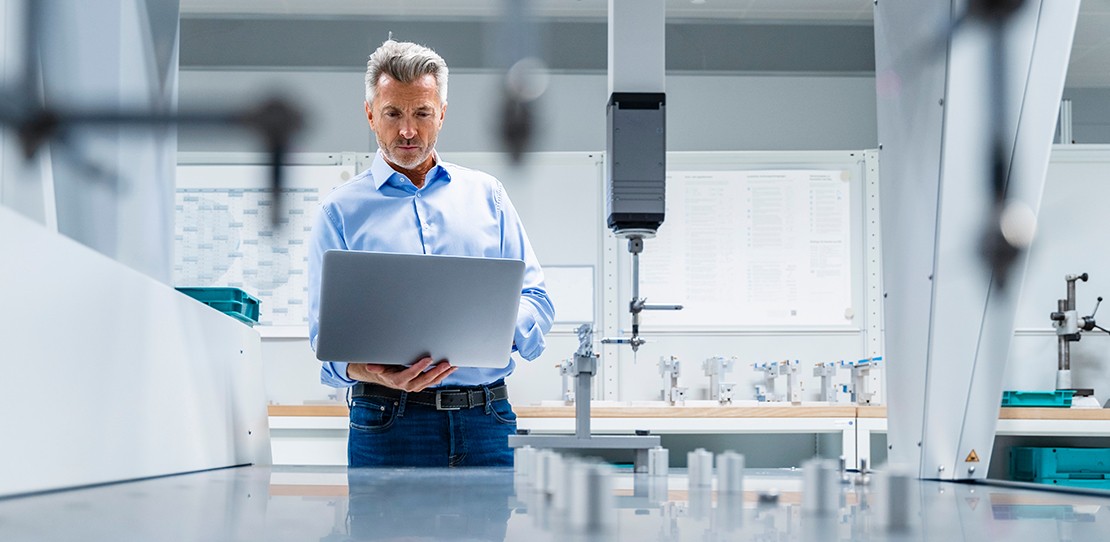
Is HIL Just for Smart Consumer Products?
The washing machine is an example of a smaller size unit with high levels of distribution, but the importance of thorough validation test scales up to larger equipment as well.
Take the case of the wind turbine. Each of the rotors on the turbine must operate at optimal capacity; anything less means lower profits and even potential disruptions to energy distribution. Onboard sensors constantly send information pertaining to energy collection, weather factors, and other component operation. Software is used to control each aspect of the rotor—and as you can imagine, failures and errors here can come with huge costs. On-site repairs are costly and dangerous due to the specialized nature and remote locations of turbines. These costs skyrocket further if the turbine is offshore.
HIL simulation is done to protect energy harvest and component health. The payback period for investment in validation for wind turbines is short, while the cost of a single failure that might have been caught through HIL simulation is high. But this doesn’t mean that the return on investment for higher-volume products is any less significant. For Whirlpool, an increase of defects in their appliances not only affects their brand but can quickly rack up costs in aftermarket repair and returns that incur a high cost to the manufacturer.
How Is HIL Transferable to Other Projects?
In the cases of the washing machine and wind turbine, both had integrated software and hardware subsystems, and a high quality of work they needed to maintain. Think of your own product: How much embedded software does it rely on to operate? Was that software tested through every situation your product could possibly encounter? What will happen if it fails?
Components in every industry are using specialized software to monitor and interact with their hardware, and that must be tested to ensure a reliable system for the users. By implementing HIL as a strategy, engineers are able to better simulate cycles throughout the lifespan and thus deliver a higher quality output to the customer. Software component monitoring and smart user interactions are becoming more prevalent in products than ever before, so staying ahead with an automated test strategy can not only save money but improve development as well.
In general, inadequately validating equipment from the subsystem level to the complete system can be costly and hurt the business of those that work directly with users in a wide variety of industries. Investing in simulation that improves this synchronization in a multiple conditions and throughout the product lifecycle can not only prevent unwanted downtime but also improve performance enough to extend the lifespan of the entire unit.
Learn about using HIL for industrial systems, transportation, and aerospace applications

